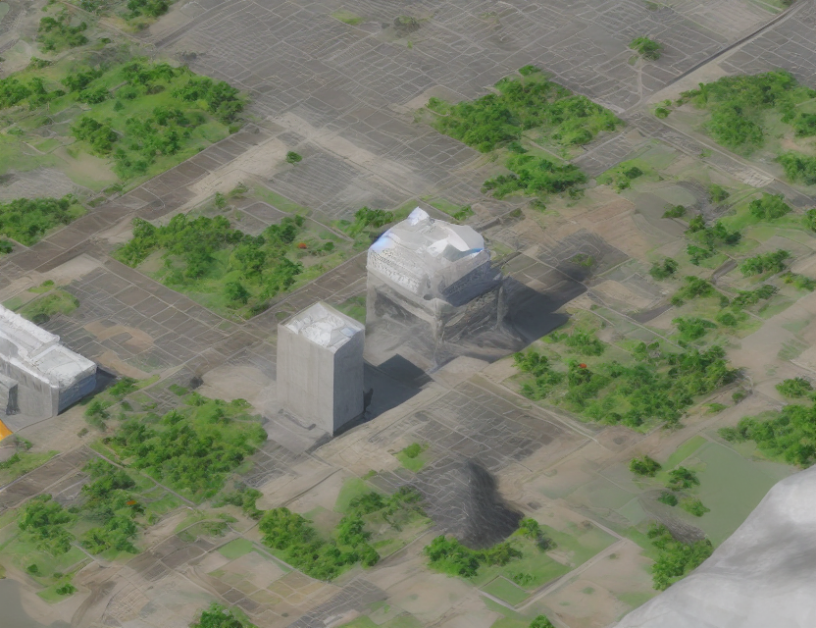In this article, we explore the idea of data augmentation in the context of reduced-order models for scientific machine learning. We present two strategies to augment the data, one based on solenoidal averaging and another that combines multiple snapshots. Numerical examples demonstrate the effectiveness of these approaches in constructing artificial snapshots for incompressible Navier-Stokes flow problems.
Data augmentation is like cooking a recipe: you start with basic ingredients (the original data) and add new ones to create something delicious and nutritious (the augmented data). In machine learning, this process helps train models that are more accurate and robust by providing them with a variety of data to learn from.
For scientific applications, especially those involving complex fluid dynamics, data augmentation is crucial. Imagine trying to predict how water flows through a pipe without enough data – it’s like trying to cook a meal without any ingredients! By creating new data through augmentation, we can feed our models with more information and improve their performance.
Our first strategy for augmenting the data is based on solenoidal averaging. This technique involves taking the average of multiple velocity snapshots to create a new velocity field that likely approximates other snapshots. It’s like mixing different flavors of ice cream to create a new one – the result might not be exactly what you expected, but it’s close enough to be tasty!
The second strategy combines multiple snapshots by computing a linear combination of them. This approach ensures that the resulting augmented data still conserves mass and momentum, like a recipe that follows the rules of cooking. It’s like making a cake with different ingredients but still getting the right consistency and taste – not too sweet or too bitter!
We test these strategies on two benchmark flow problems with parametrized control and compare their performance using numerical examples. The results show that both approaches work well, like cooking a recipe that yields a delicious meal. However, we recognize that more research is needed to handle flows with more complex vorticity effects and transient problems.
In conclusion, data augmentation is an essential tool for constructing reduced-order models in scientific machine learning, especially when dealing with complex fluid dynamics. By creating new data through solenoidal averaging or linear combinations of snapshots, we can improve the accuracy and robustness of our models. Just like cooking a recipe requires ingenuity and creativity, developing effective data augmentation strategies for scientific machine learning involves understanding the underlying physics and using it to create delicious and nutritious data!
Mathematics, Numerical Analysis
Augmenting Training Sets for Reduced-Order Models in Incompressible Navier-Stokes Flows: A Data-Driven Approach



